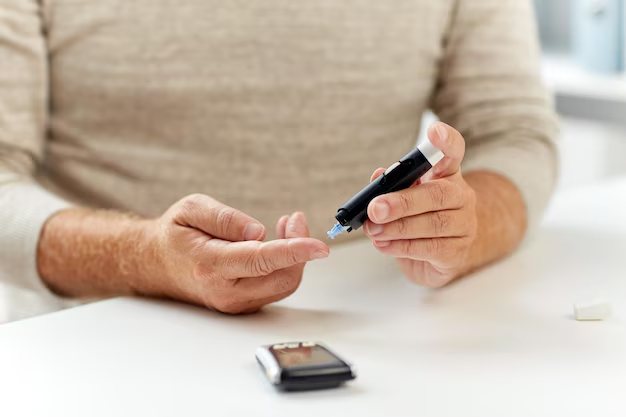Discover the Steps to Accurately Test for Diabetes
Diabetes is a growing health concern worldwide, and knowing how to detect it early can significantly impact your well-being. If you've been experiencing symptoms like unexpected weight loss, frequent urination, increased thirst, or fatigue, it might be time to explore diabetes testing. Here's a guide on how to test for diabetes and the next steps after diagnosis.
Understanding Diabetes Testing Methods
Before diving into testing methods, it's essential to understand the basics of diabetes. Essentially, diabetes is a condition where your blood glucose, or blood sugar levels, are too high. The most common forms are Type 1, Type 2, and gestational diabetes. Testing is crucial as early detection can prevent serious complications such as heart disease, kidney failure, and vision problems.
Common Diabetes Tests
Fasting Blood Sugar Test:
This is the most straightforward test. You'll be required to fast overnight, and your blood sugar levels will be measured in the morning. A reading of 126 mg/dL or higher indicates diabetes.A1C Test:
The A1C test provides an average blood glucose level over the past two to three months. A result of 6.5% or higher on two separate tests suggests diabetes.Oral Glucose Tolerance Test (OGTT):
This test measures your blood sugar before and after you consume a sweet drink. It's a more comprehensive test, especially used to check for gestational diabetes.Random Blood Sugar Test:
Blood is taken at a random time. A blood sugar level of 200 mg/dL or higher often indicates diabetes.
Testing can be done at your doctor's office, a clinic, or even at home using over-the-counter diabetes tests. However, it is crucial to consult a healthcare professional before making any conclusions or starting treatment.
Financial Assistance and Diabetes Management
Diagnosing diabetes is just the beginning. Managing it can come with additional costs, such as medications, testing supplies, and dietary adjustments. Fortunately, there are financial assistance programs and resources available that can help:
Government and Non-Profit Programs
Medicaid and Medicare:
These government-backed programs offer coverage for diabetes testing supplies and some medications for eligible individuals.
Pharmaceutical Assistance Programs:
Many drug manufacturers offer assistance programs to reduce the cost of insulin and other diabetes medications.
Non-Profit Support:
Organizations like the American Diabetes Association provide resources, workshops, and sometimes financial aid for those in need.
Financial Management Tools for Diabetes Treatment
Keeping tabs on medical bills and ensuring you get the best care can be challenging. Here are some tools and solutions:
Health Savings Accounts (HSAs):
These tax-advantaged accounts can be used to pay for qualifying diabetes-related medical expenses.Flexible Spending Accounts (FSAs):
Similar to HSAs, FSAs allow you to set aside pre-tax money for medical expenses, including those related to diabetes.Discount Cards and Coupons:
Explore options like prescription discount cards that can significantly lower the cost of diabetes medications and supplies.
Beyond the immediate medical concerns, managing a freshly diagnosed diabetes condition might put additional financial strain on individuals. Fortunately, numerous educational grants and credit solutions exist to ease this burden.
If you're looking for ways to alleviate some of the financial burdens associated with diabetes management, here are a few ideas:
- 🎓 Educational Grants: Available for those seeking further education on diabetes management or altering career paths due to health changes.
- 💳 Credit Counseling Services: Offering strategies to manage medical debt effectively.
- 🍀 Non-Profit Aid Programs: Designed to provide diabetes education sessions, usually free of charge.
With these resources and comprehensive testing understanding, managing diabetes can become less daunting. Whether it's scheduling a test or accessing financial assistance, taking proactive steps is crucial for long-term health and financial stability.
